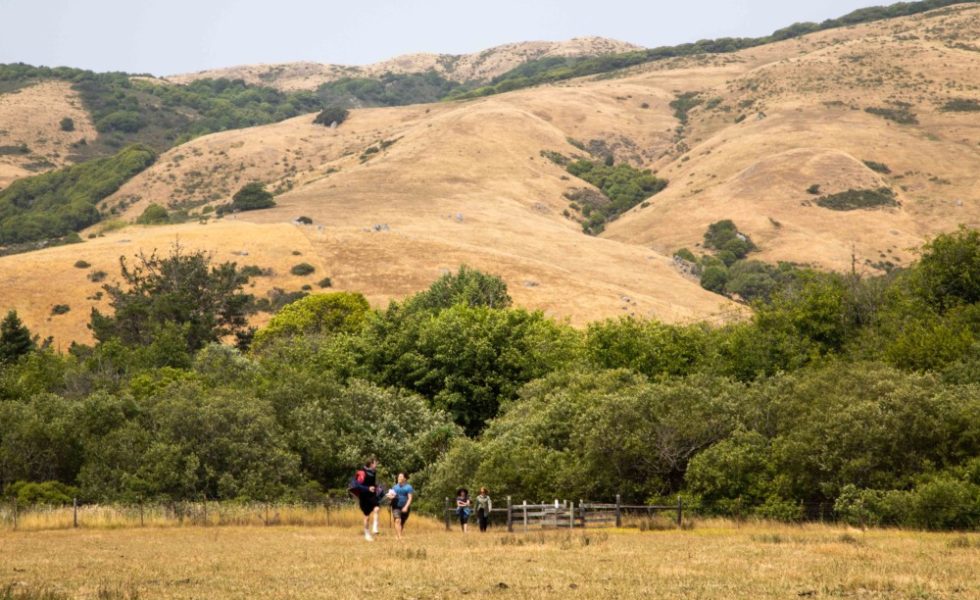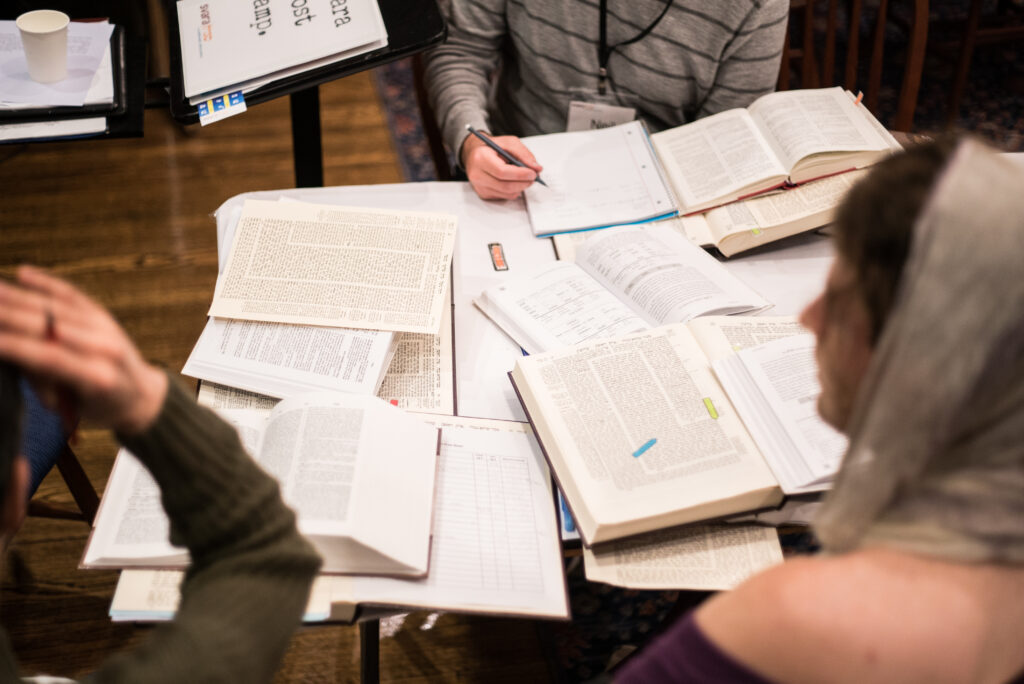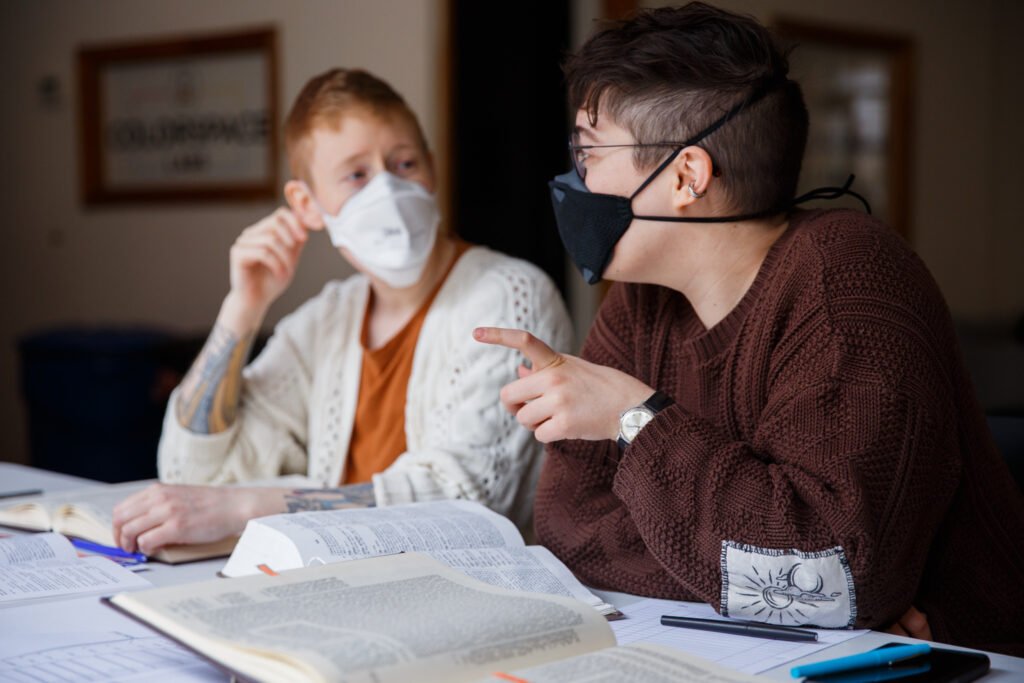This is quite a moment in time. As we find ourselves living with a judicial system that is reversing, contesting, and upending a wide range of human rights, I’ve been reflecting upon the many paths I have traversed outside the bounds of harmful systems and the people whose moral and ethical visioning made that possible.
I was born at home, a planned home birth in the early 80’s when home birth was illegal. An event that people have experienced since the dawn of time, made radical because our legal system restricts it.
The first time I was pregnant, I was 19 years old. I didn’t know exactly whose it was, had no plans for myself beyond waiting tables and making art, and was sure, in the depths of my being, that I was meant to be a mother. I felt physically strong, steady, and whole. And in those early weeks, it also became clear to me that it wasn’t the moment for me to become a mother, for so many reasons that still feel complex to me today.
I lived in Boston at the time and abortion was legal there as it is today. I made an appointment at Planned Parenthood. I walked past the protesters outside. I passed through a metal detector. I sat in a waiting room and filled out the forms. And then I took stock of myself, noticed how wrong everything felt, and I left.
I still knew deep down that this wasn’t the moment for me to become a mother, so I explored other options. I learned that a women’s group my mother was involved with was also a network for women’s health. In addition to holding rituals around menstruation and teaching about self-empowered cervical exams, they also performed menstrual extractions, a form of non-medical abortion. The process was developed in 1971 by Carol Downer and Lorraine Rothman and was debuted at that year’s National Organization for Women conference. I felt like I was uncovering some secret society and began to feel like I was part of something so much bigger than myself. The contrast was stark—where being in the clinical, unknown environment of Planned Parenthood felt untenable, the experience of being in a home, of being held and cared for, of being seen and valued, made an impossible situation feel possible for me.
Rothman shared her rationale for seeding this process in an interview with the Washington Post in 1989:
“What we’re saying is, if we don’t get cooperation from our society to help us, and to provide for what is rightfully ours, we are forced to take matters into our own hands, because women will continue to get pregnant when they don’t want to in our society. And we have no other choice but to protect ourselves. That’s the way it’s always been.”
It’s incredible how these words, spoken over thirty years ago, remain resonant today. To me, it’s a powerful message insisting that we must take care of each other because there is no one else. Where else can we apply this thinking? And how can we make sure that, alongside all the systems of care that remain within our society, the networked safety nets that exist outside the bounds remain strong and connected for those who need them most?
In a moment where so much seems bleak and crumbling, I’m finding hope in the power of these networks. People taking their health into their own hands. Projects like the Trans Asylum Seeker Support Network, who are working tirelessly to preserve trans lives. People who are letting their svara guide them, finding their north stars by listening to their internal moral compass. Those of us who learn at SVARA know of the five sources of truth. In learning this framework, we uncover the concept of svara, the idea that our own sense of knowing, that truth deep in our kishkes, is powerful enough to overturn Torah. Our Rosh Yeshiva Benay Lappe shared about uncovering this concept in her essay The Word That Changed the World: “Svara wasn’t merely the “logic” or “reasoning” or “common sense” that I soon learned was the way the few scholars who even acknowledged the concept translated it—but the deep, informed, moral intuition that I sensed was really at play.” Benay writes additionally about this move the Rabbis made, in her chapter “The New Rabbis: A Postscript,” in Torah Queeries, offering:
“[The Rabbis] declared their informed internal ethical impulse an authentic source of God’s will. They deemed it a source of Jewish legal change as authoritative as the Torah itself—so much so that a law that they created out of svara has the same status as one that appears verbatim in the Torah.”
This was a truly radical idea for the Rabbis, and remains so today.
You’ve heard us talk about how the concept of svara is one that holds significant power. It shapes the way we think and show up in the world. I don’t think I’m alone in noticing that my svara is telling me that our legal and judicial systems are creating harm. And so, I am called to listen, deeply, to this inner voice of moral vision. To lean into the networks and communities that hold us up. To delve into the connections that help us move through the systems without remaining stuck in them. And, perhaps most importantly, to find ways to continue uplifting each other because, like Lorraine Rothman stated thirty years ago, no one else is going to.
When I focus in on the networks of care and support that exist in our community, I feel buoyed. People have always created workarounds to supplement and circumvent the systems that haven’t worked for them. In their essay “Being Halakhically Ungovernable”, our Associate Rosh Yeshiva Laynie Soloman wrote about halakha’s role to help shape the path forward, offering “…the Talmud embodies Jewish legal thinking and enables us to define what is good and what is just and what is, in this much larger sense, legal.” We stand on the shoulders of the Rabbis, and of all the people before us who shaped our networks and movements. And we stand together in community with svara in spades to guide our way.







